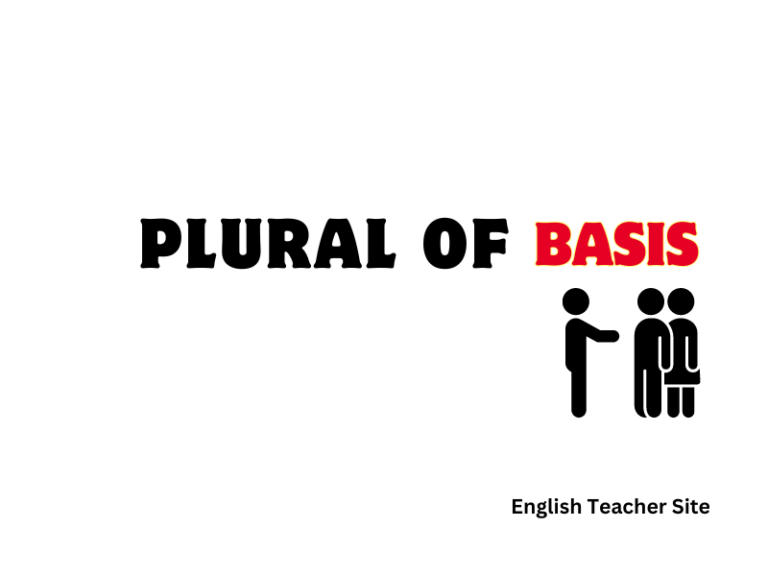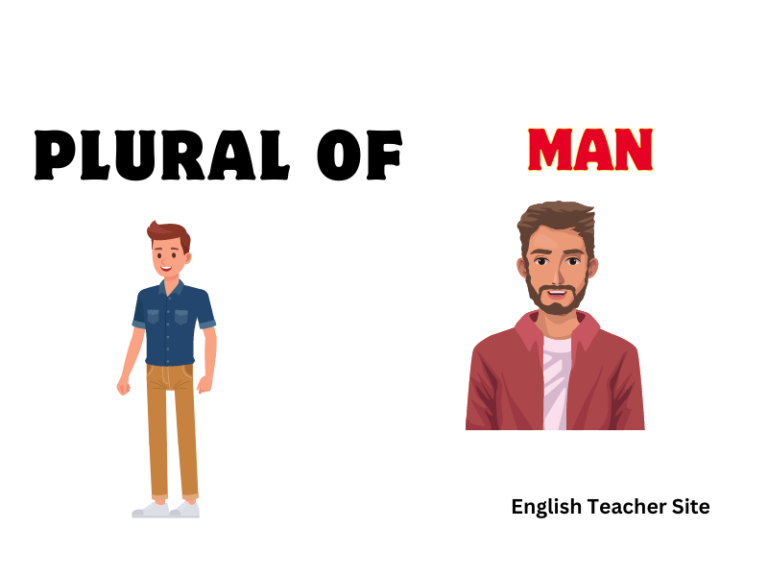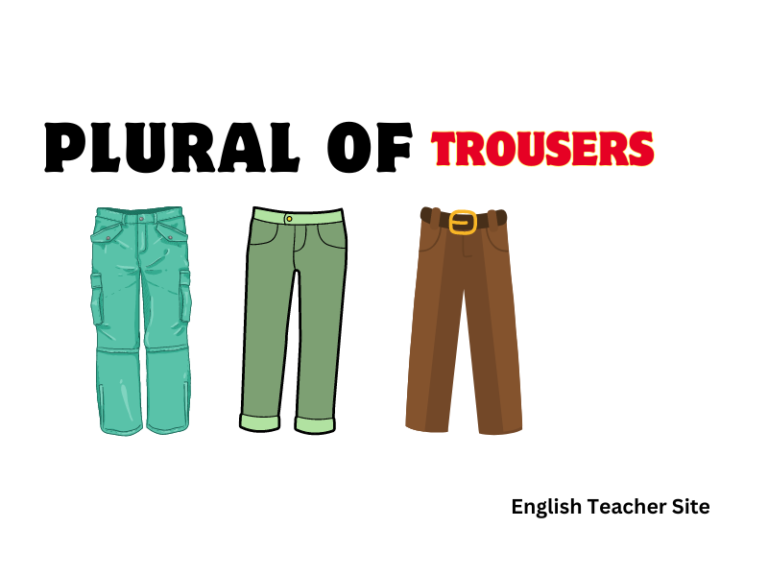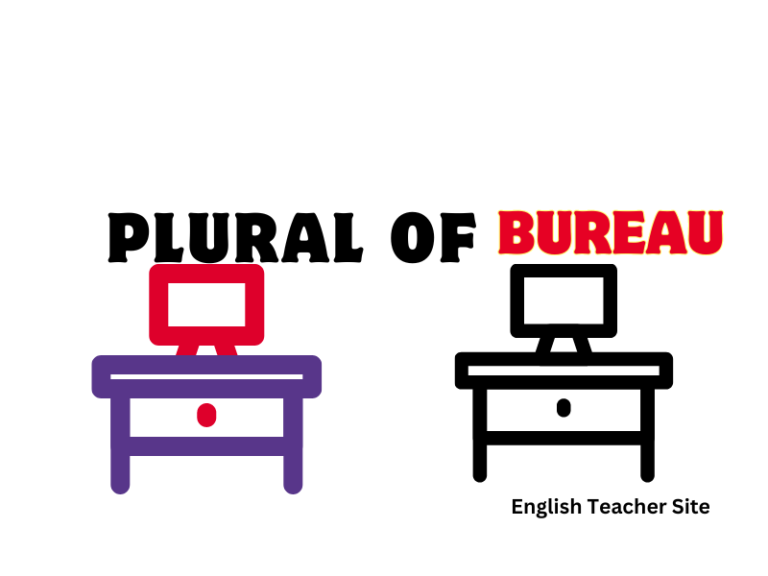Plural of Shorts: Why It’s More Complicated Than You Think
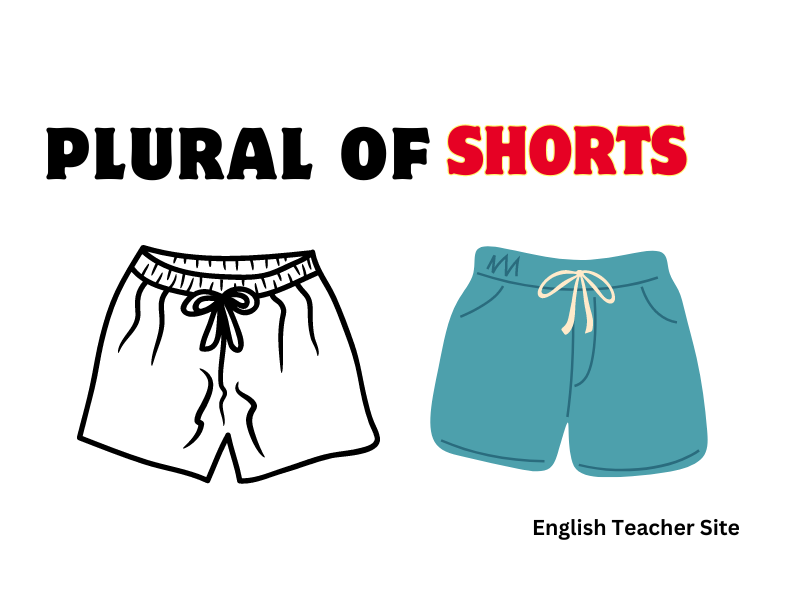
The plural of “shorts” often confounds even the most seasoned English speakers. While it may seem like a straightforward pluralization, this seemingly simple word presents a number of nuances that challenge both learners and native speakers alike. It all starts with a common assumption: “shorts” is already plural. However, as is often the case in English, things are not always what they seem.
Why Does the Plural of Shorts Trip People Up?
The confusion surrounding “shorts” arises primarily because of its form. It doesn’t follow the typical rules for pluralization in English, making it seem like an exception to the rule. In the plural form, many words simply require the addition of an “s,” but “shorts” is an oddity in that it already appears to be in its plural state. In essence, you don’t need to modify the word itself when referring to more than one pair of shorts. However, it’s essential to understand the contexts in which “shorts” operates in both singular and plural senses to avoid misusing the term.
Is Shorts Already Plural?
Many wonder whether “shorts” is truly plural in form or whether it’s a case of the word being both singular and plural at once. Interestingly, “shorts” operates as both singular and plural, depending on the context in which it is used. Despite its “s” ending, it is often used to refer to a single item, typically one pair of shorts. This singular usage has evolved over time and is so ingrained in English that most speakers would not hesitate to refer to “a pair of shorts” as singular. Thus, the word itself does not technically change, but its meaning shifts depending on how it’s framed in a sentence.
The Curious Case of Shorts as a Singular Form
While “shorts” is commonly seen in its plural form, it can also refer to a single garment, typically in the phrase “a pair of shorts.” Here, “pair” serves as the singular noun, while “shorts” remains unchanged. This creates confusion when trying to determine whether the word is singular or plural. The structure of the sentence will usually reveal whether the speaker is referring to one or more pairs, but it is the context that ultimately governs the interpretation of the term.
Why the Plural of Shorts Is Trickier Than You Think
The pluralization of “shorts” becomes more complex when placed in certain grammatical contexts. For instance, when used as part of a compound noun or abbreviation, the rules for pluralization can differ. Take “sports shorts,” for example. Here, “shorts” refers to a plural item, but in contexts like “a pair of sports shorts,” the singular form of “shorts” is implied. Similarly, when referring to a pair of items, such as “two pairs of shorts,” the plural form of “pair” governs, but “shorts” itself remains unchanged.
The Evolution of Shorts in the English Language
The word “shorts” has undergone significant changes in its usage over time. Originally, “shorts” referred to short trousers worn by men or boys. Over time, this specific garment became generalized to include any type of short pants, particularly those worn during warmer months or for sports. As the usage of “shorts” expanded, its plural form became more standardized, yet it retained some of its flexibility, allowing it to be used in both singular and plural contexts.
Real-World Examples and Usage
When exploring real-world usage, it’s clear that native speakers tend to have an intuitive grasp of the pluralization of “shorts.” For instance, phrases like “I need to buy new shorts for summer” or “She wears her favorite pair of shorts every day” highlight how the word works in plural contexts. However, in situations such as “I just bought a new pair of shorts,” the singular reference to “pair” clarifies that the speaker is referring to one item despite using the plural form “shorts.”

Common Mistakes and How to Avoid Them
Top 3 Mistakes People Make with the Plural of Shorts
- Assuming “Shorts” is Always Plural – Some mistakenly treat “shorts” as a plural-only noun, overlooking its singular form in phrases like “a pair of shorts.”
- Misusing “Shorts” in Compound Nouns – When paired with other nouns like “cargo” or “swim,” the plural form of “shorts” should still apply, but confusion arises when the singular form is incorrectly assumed.
- Omitting the Word “Pair” – “Shorts” is often used with “pair” in singular contexts, and omitting this detail can lead to ambiguity.
Mastering the Plural of Shorts
Understanding the plural of “shorts” involves recognizing the role context plays in its usage. With its historical roots and flexible meaning, “shorts” exemplifies the intricacies of English language evolution. To master tricky plural forms like this, it’s crucial to pay attention to both the structure of the sentence and the context in which the term is used. By doing so, you’ll avoid common mistakes and gain a deeper understanding of how English operates.
Sources
My name is Khamis Maiouf. I am the creator of the English Teacher Site, dedicated to providing valuable resources and insights for students around the world. With a passion for education and a commitment to helping students enhance their skills, I aim to make English teaching more effective and enjoyable for both educators and students.

